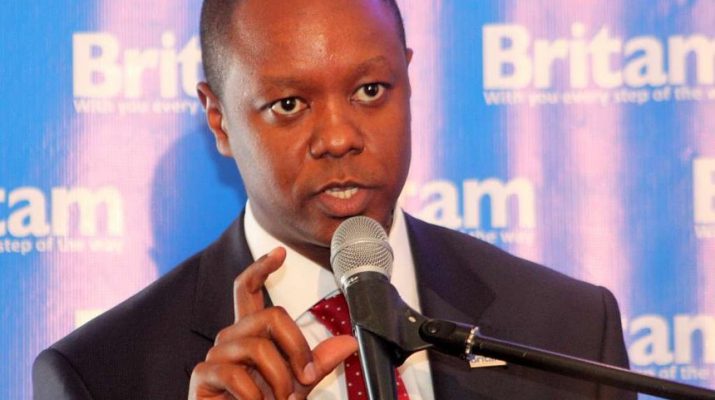Kenya faces close to Sh4.15 trillion ($40 billion) funding gap for infrastructure development in the next four years, a new report suggested, despite increased spend in recent years by the government.
The ‘Financing East Africa’s Infrastructure Needs’ report, launched yesterday in Nairobi by Britam Asset Managers, further estimates the gap at East African level at about Sh10.37 trillion ($100 billion) over the same period.
The fund management firm’s chief executive Kenneth Kaniu said Kenya and the EAC bloc should continue growing expenditure on infrastructure development to reduce the cost of doing business and enhance productivity.
For the financial year from July, the Jubilee administration has allocated Sh231.9 billion on development of physical infrastructure , the budget estimates show, which is Sh88 billion or a 27.51 per cent drop from the Sh319.9 billion in the fiscal year 2016-17 which ends this month.
Despite the EAC countries sustaining an annual economic growth of between five and six per cent in the last five years, the report states, region’s global competitiveness is still low – largely due to poor infrastructure.
A recent Global Competitive Index ranks Kenya at position 96, Rwanda at 52, Uganda ( 113 ), Tanzania ( 116 ), while Burundi is trailing at position 135 out of the 138 countries surveyed.
The report follows another one by the African Development Bank which indicated that poor infrastructure in sub-Saharan Africa cuts national economic growth by two percentage points every year and reduces productivity by as much as 40 per cent.
The AfDB report, launched recently, added that infrastructure investment of one per cent of gross domestic product annually increases per capita income by 0.6 per cent.
The Britam report further shows that East African countries only raise a paltry $13 billion (Sh1.35 trillion ) from the traditional sources. Commercial loans leads at $6.87 billion (Sh712.21 billion), domestic borrowing at $5 billion (Sh518.35 billion), while foreign aid contributes up to $0.93 billion (Sh96.41 billion).
Kaniu said such financing is not sustainable because domestic commercial borrowing pushes up bank interest rates, while countries are forced to pay more for foreign loans in more stable currencies.
“It is imperative for the regional states to diversify financing sources and give a larger role to the private sector through Private-Public Partnerships, Foreign Direct Investment flows and more local private financing,’’ Kaniu said.
Some of alternative financing sources under the PPP framework, Britam suggested, include equity financing, loan financing and debt financing. The EAC has about 58 active PPP projects valued at an estimated $7.32 billion (Sh758.86 billion).
Under equity financing, Britam suggests private investment into company projects by local investors without listing or cross-listing on securities exchanges, and creation of asset-backed securities which can then be listed.
The report says the EAC bloc has deep capital markets, with equities standing at about $39 billion (Sh4.04 trillion) and a bond market at $17 billion (Sh1.76 trillion) against a combined GDP of $157 billion (Sh16.28 trillion).
“The region need to leverage on this potential and raise its saving culture beyond the current minimum of 10 per cent if it want to upgrade its infrastructure,’’ said Britam senior financial analyst Brian Chege said.

